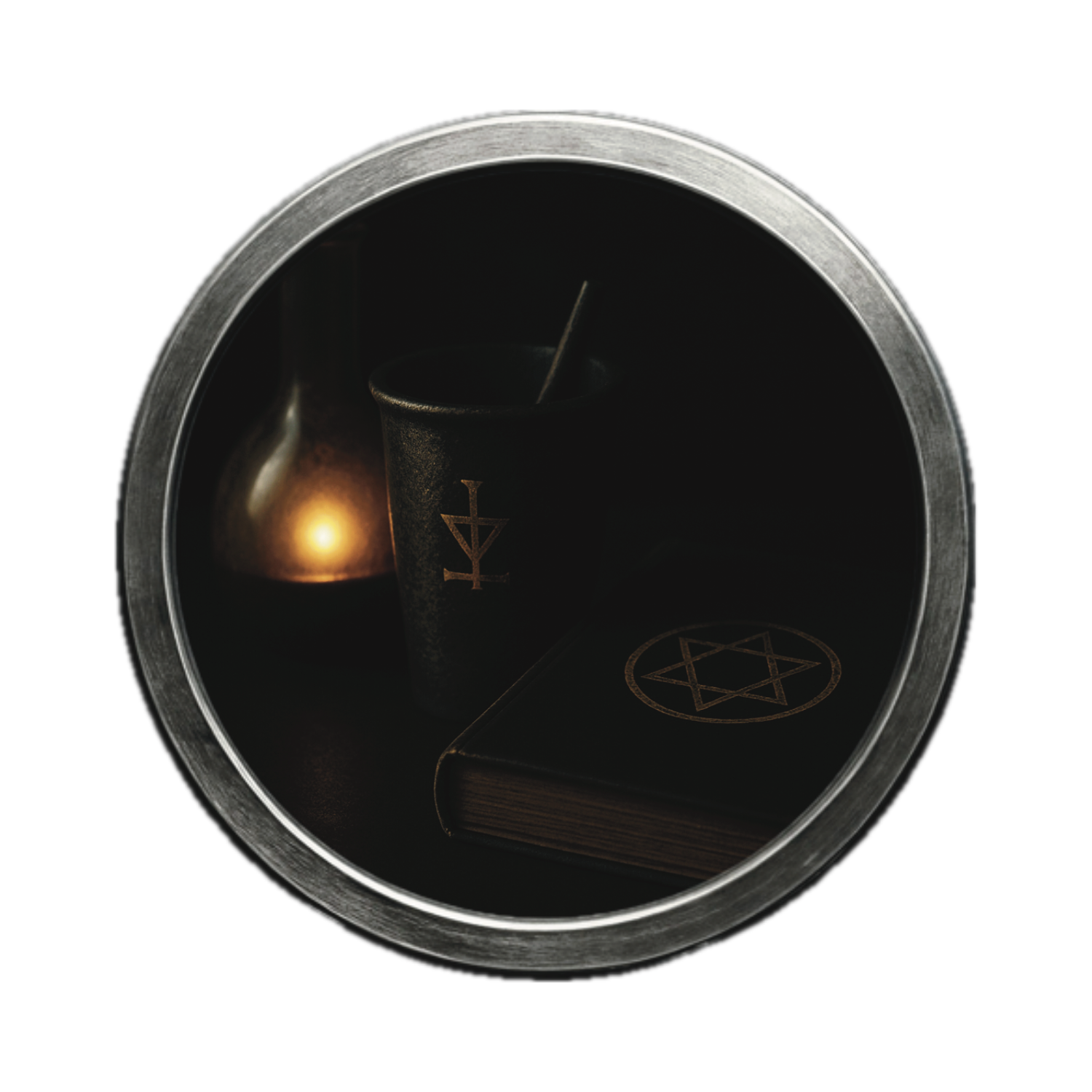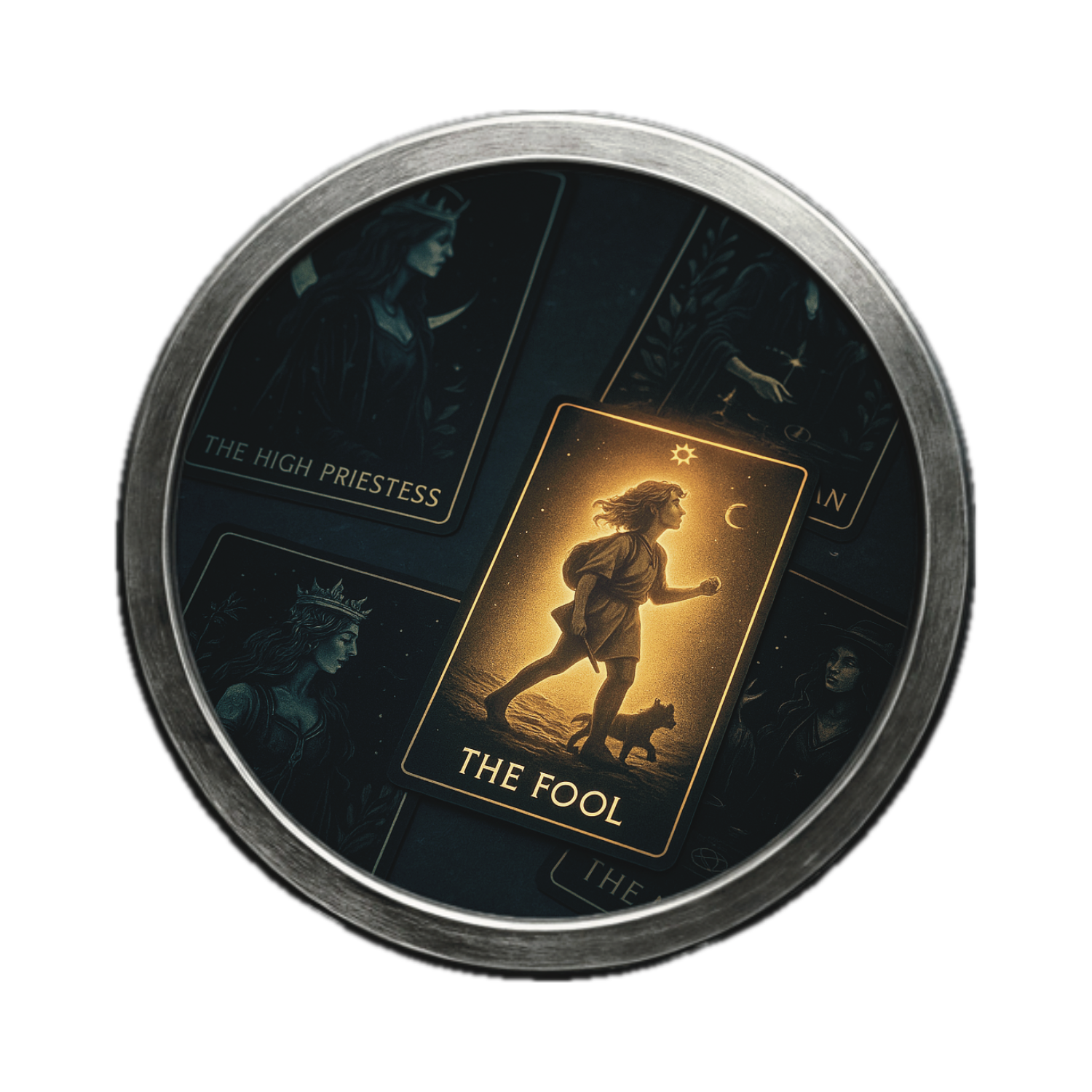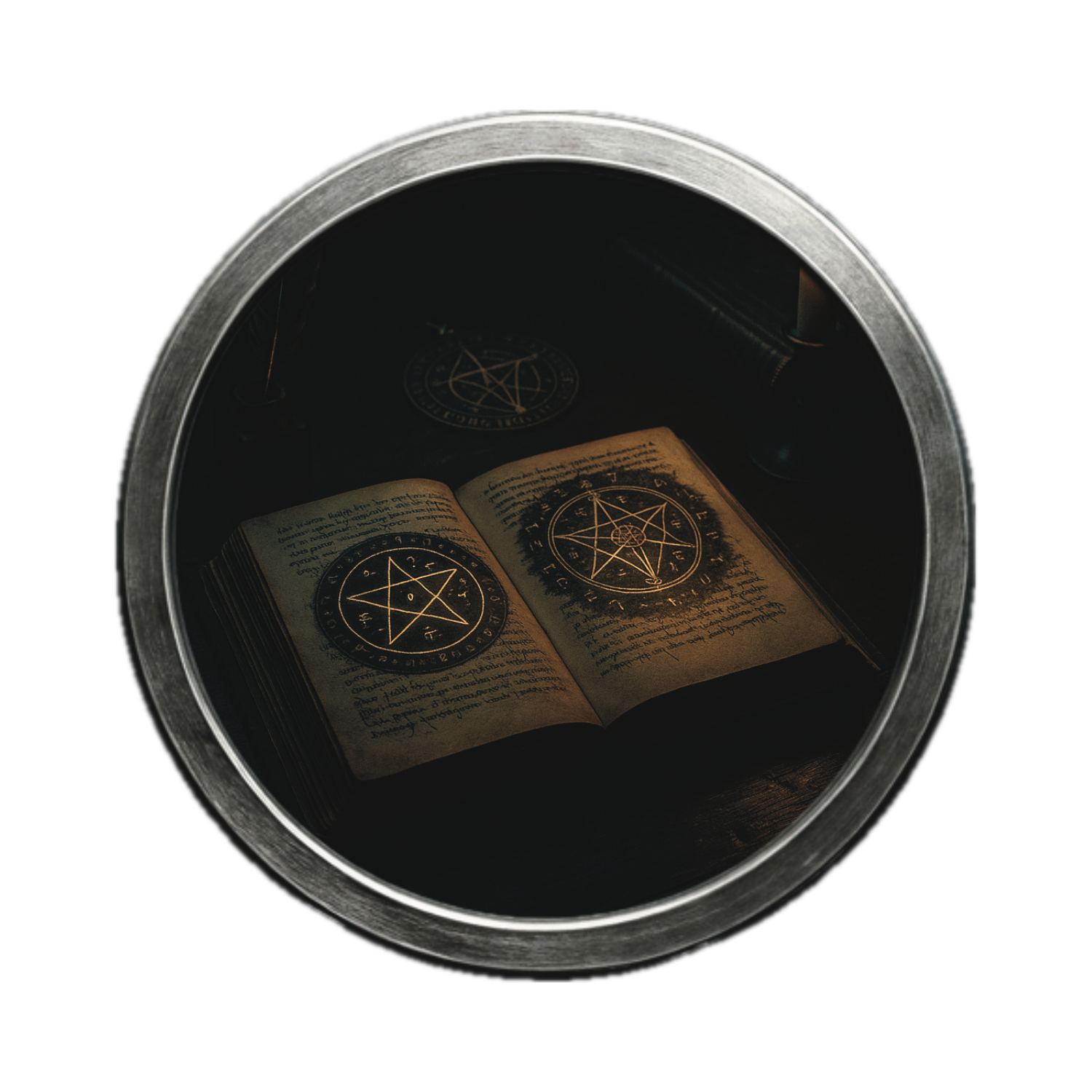
MAGIC
Step through the ink-stained veil of history, and you’ll find three glittering conspiracies of human curiosity—beautiful, bizarre, and wildly instructive. These articles don’t just wander through the dusty catacombs of magic, Tarot, and talismanic scribbling; they shine a flashlight on the cobwebbed corners of our collective psyche and wink. In The Sublime Art of Getting Gold Wrong: A History of Alchemical Misfires, Divine Metaphors, and the Occasional Explosion, alchemy reveals itself not as some medieval chemistry fail but as a soul’s roadmap disguised as lab notes—equal parts sacred geometry, personal transformation, and “oops, we invented science.” Shuffling Toward Meaning: 78 Ways to Avoid a Straight Answer, peels back the carnival curtains of card reading to show archetypes doing backflips through our unconscious, still shaping how we frame choices, fears, and fate. And then there’s The Calligraphic Conspiracy: How Wizards Got Away with Drawing on Everything, where Renaissance wizards (yes, wizards) used calligraphy like a USB stick for summoning angels or banishing migraines. Together, these essays explore more than historical curiosities—they unearth how humanity has always reached for meaning through symbols, ritual, and stylish handwriting. And in an age drowning in screens, emojis, and digital incantations, their echoes remind us: we’re still magicians—just with better fonts.


